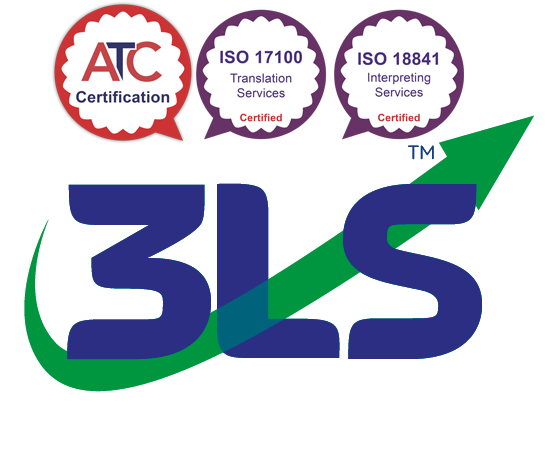Wanna be exporting? So how DO you win acceptance?
If your answer was “my product”, think again.
In exporting, as in domestic sales, the first thing professional buyers – your future reviewers – usually experience is your marketing, online presence & advertising. Then your in-store presence or packaging. Then your user information. Only after THAT, does the product itself start to register.
And the first thing subsequent buyers experience is often the reviews of those first professional buyers. So they must be good.
Unless it’s something exceptional, your actual product is a surprisingly long way down either buyer’s experience.
That’s why successful business invests so much in PR, marketing and packaging design. Consumer products have just seconds to “hook” a buyer; industrial products, minutes. Those first impressions must work.
That’s just as true in exporting as at home – only in exporting, you’re also dealing with a whole new audience who may have very different ideas. For example, some countries won’t buy a certain colour of product as it’s unlucky. That’s bad news if you’ve just produced 30,000…
It’s factors like this that explain why so few wannabe exporters realise their planned volumes. Many forget that buyers “over there” are often VERY different to buyers here; their culture, style, education, routines and workplaces are different, as often is their language. So their “buttons” – what makes them engage with YOUR product instead of another’s – are different too.
However, if you remember and address that, you have a clear advantage over your less-aware competitors.
Exporting is not like selling at home. Obvious, and yet…
France is 25 miles from the UK; for exporting effectively, it could as well be 1,000. Like almost every other nation, their approach and thinking is QUITE different to ours. And while the US speaks English, a huge part of their population’s first language is Spanish or something else. The word “foreign” itself derives from Latin foras meaning “outside the door”- exporting successfully means thinking outside your familiar. Just because it works here, doesn’t mean it will work there.
But absolutely fundamental to exporting success is language. Which of these two would you consider?
- No string vacuum cleaner polish very well the most deceitful angles of your abode with powerful sucker and ingenious toolbox
Or:
- Powerful cordless vacuum & clever tools – for exceptional cleaning of your home’s trickiest corners
While these are made-up (using real examples isn’t liked by their owners!) the first is – scarily – no worse than “translation” we’ve encountered. If you were in the market for a vac, which of the above would you be more likely to buy?
Localisation is often over-rated – foreign buyers will often forgive (or even relish) the fact that your packaging and style is “British” and in fact the “Made in UK” tag (still…) carries serious cachet.
What they will NOT however forgive is your copy reading like it was written by a 5-year old. That’s seen not just as lazy, but as insulting – not a good way to connect with potential buyers.
So please, if you’re serious about exporting, DO use a professional translation provider. We’d like that to be us – but if you want to look around, these tips may be useful. We also offer a FREE Really Helpful guide to Translation
And good luck in your new markets!
